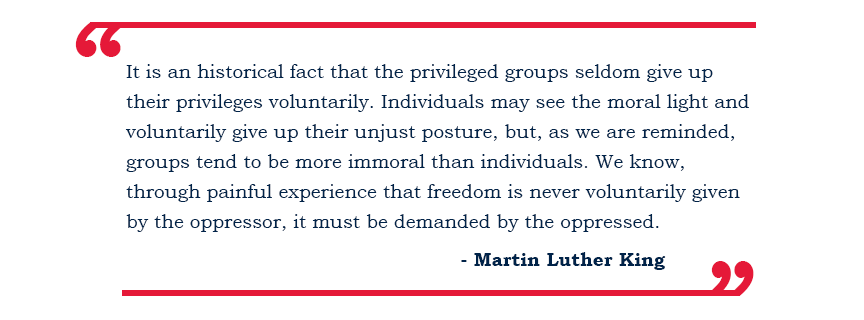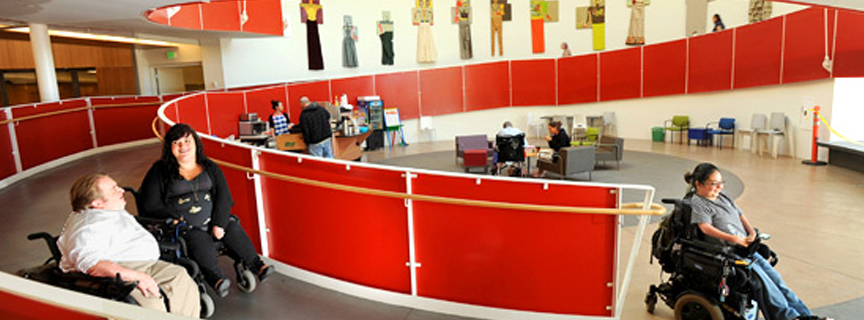Ed Robert's Independence Movement
Thursday, January 26, 2017
On the Monday of last week, Google’s Doodle portrayed Ed
Roberts, the Father of the Independent Living Movement, on what would be his 78th
birthday. We wanted to spotlight Ed’s lifetime journey as an activist for
people with disabilities. He fought for their right to fully participate in
society with the same civil rights, options, and control over choices in their
own lives as do people without disabilities.
Imagine the impact of being blocked from gaining your high
school diploma because you did not complete driver’s education and physical
education. Despite his early struggles contracting polio at age 14, Ed later became the
first student with significant disabilities to attend the University of
California Berkeley and became the founder of UC’s Physically Disabled Students
Program. This program then became a model for the first Center for Independent
Living along with over 400 other independent living centers across the country.

The Independent Living Movement was closely tied to the
Civil Rights struggles during the 1950s and 1960s among African Americans.
Issues that involved disgraceful treatment based on stereotypes in housing,
education, transportation, and employment were addressed with similar
strategies and tactics toward the disabled. This movement focused on problems
or “deficiencies” in the society, not the individual. People with disabilities
no longer saw themselves as broken or sick. These individuals were empowered by
making these important medical decisions themselves and not by the
rehabilitation professional.

There were at least five movements that influenced the Independent
Living Movement:
- Deinstitutionalization – more people with
developmental disabilities were out of institutions and back into their home.
- Civil Rights – disabilities were not included as a
protected class under the Civil Rights Act.
- Demedicalization – began to look at more holistic
approaches to health care.
- Consumerism – idea of control by consumers of goods
and services over the choices and options made available to them.
National Freedom Day is an observance that honors the
signing of a resolution that proposed the 13
th amendment of the
nation’s constitution by President Abraham Lincoln. The amendment was made to
outlaw slavery. For the remainder of February, take the time to appreciate the
journey of those who fought for our rights and freedom of today.

Continue to make choices towards changing the world for the
better – even if it’s one day at a time. Look at how Ed’s efforts have grown
the support for people with disabilities in today’s society. At the beginning
of the Independence Movement, support groups and agencies were scattered and
universal design was not yet implemented in architectural design. Activists worked
to challenge the status quo and bring understanding of disability rights and
universal access. Thus Ed Robert’s Campus was built dedicated to disability
rights and universal access. Universal design should be the next strategy to
green design. Functional and adaptable to people using those as opposed to
having the people adapt to its design.Leanne Leuterio
1/26/2017
Add your comments:
Items in bold indicate required information.